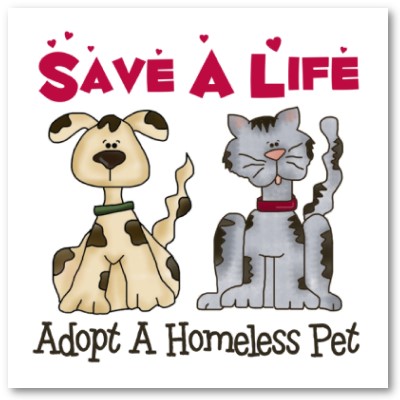it is long; but it would give you a better idea how to control your pet's behavior at chewing.
Don't give your puppy an old shoe or sock to chew on. Puppies don't understand the difference between new and old.
Puppies chew on whatever they can get their mouths on for any number of reasons: they are bored, they have a lot of energy, they are teething, or they are just curious. Dogs learn through their mouths. It is their tool; it is how they receive a great deal of information. They are naturally inclined to use their mouths whenever they can.
Fortunately, most destructive chewing behavior can be prevented or controlled. To prevent problem chewing and to direct your pup's natural inclination to chew toward appropriate objects, follow these simple guidelines:
--> Confine your pup in a crate, cage, or puppy-proofed area when you are away. Because puppies learn with their mouths, giving your teething puppy free rein in the house is asking for trouble. Keep him confined; you do not want him to go to school on your expensive living room furniture. Make sure to supply the puppy with appropriate chew toys so the puppy has something to do and to teach the puppy what to chew on.
--> Closely supervise your uncrated pup. Not unlike caring for a toddler, you should always be aware of where your uncrated pup is and what he is doing.
--> Give your puppy chew toys. The sole focus of your dog's chewing should be directed toward items you select. There are a wide range of items from which to choose including many safe, long-lasting chew toys that are made especially for teething puppies that will keep them occupied and content for hours. Examples would be knotted rawhide and durable rubber teething products, like Kong toys, that satisfy your puppy's need for chewing and gum stimulation. The items should not be similar to articles you do not want your puppy to chew. Your puppy can not tell the difference between your new dress shoes and an old tattered pair.
--> Make departures low key to avoid causing separation anxiety, which is often expressed through nonstop barking, whining, or destructive chewing. Before you leave, add your scent to your dog's toy. Rub the bone between your hands and give it to your pup 15 minutes before you leave. This should keep the puppy occupied so you can leave without a fuss being made.
--> Give your puppy plenty of exercise to relieve boredom and burn off energy – two significant factors contributing to destructive chewing. An hour of running, walking, and/or swimming twice a day is ideal.

--> Puppy chewing on electric cordCorrect chewing of inappropriate objects. If you catch your pup in the act of chewing anything but his chew toy, remove the object and replace it with an acceptable chew toy. If your pup then chews on the toy, praise him. You always want to reinforce desired behavior with praise. If possible, treat the 'inappropriate object' with a product designed to deter chewing, such as Grannick's Bitter Apple or Drs. Foster and Smith Chew Stop that will give it a bad taste.
--> Teach your pup to ignore non-toy objects if he consistently chews the wrong things. Place tempting objects on the floor along with your pup's chew toy and pretend not to pay any attention to him. If (and usually when) he starts to put his mouth over one of the forbidden objects, correct with a firm 'No!' and point out his bone. Once he learns he can only have the toy when you are in the room, it is time to leave the room for short intervals.
If he chews on forbidden objects after you leave the room, your quick return will catch him in the act – the only time when corrective action should be taken. Again, give him the toy, and praise if it is accepted. If he is chewing forbidden objects but you cannot catch him, he should be crated when unsupervised until he learns what is and is not acceptable to chew on. Make sure to leave several appropriate dog toys accessible at all times. It helps to have a certain location such as a basket that contains the dog's toys where he can go to get one when he wants.
The obvious purpose of this training is to prepare your puppy for the day when he can be trusted to be alone in the house and not confined.
by. Marty Smith DVM



No comments:
Post a Comment